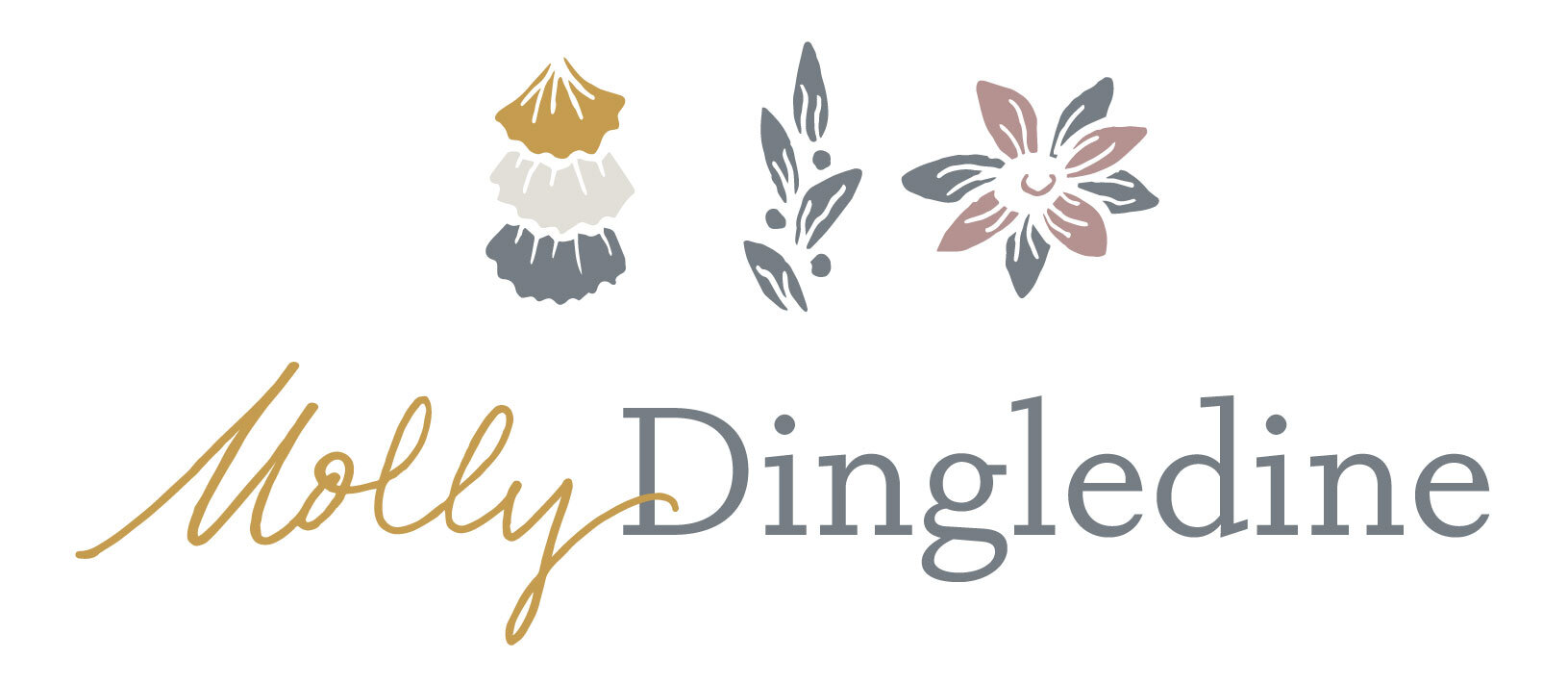Sterling Silver
Sterling silver is an alloy of silver containing 92.5% by weight of silver and 7.5% by weight of other metals, usually copper. Pure silver is very soft, making it a poor choice for everyday jewelry. The addition of copper makes silver strong. Sometimes the number “925” is used to specify that a metal is sterling silver.
Oxidized Silver
Oxidized silver is sterling silver that has been exposed to a chemical (liver of sulphur) to speed up the tarnishing effect. Liver of sulfur is a mixture of potassium sulfides which has traditionally been used to darken or ‘antique’ silver and bronzes. This involves a chemical reaction that oxidizes the metal surface and forms sulfide compounds. When you use liver of sulfur on these metals, the sulfur reacts with the surface and the atmosphere to produce the grays and blacks.
After the silver piece is blackened with this chemical, I put it into a tumbler for several hours. This gives a uniform finish, polishing the high spots and leaving the recesses black. While the layer of sulfide is superficial, it is very durable and does not rub or flake off easily. It can be removed with an abrasive polishing cloth or silver polish.
An interesting article on why silver tarnishes
Gold Vermeil (18k yellow and 18k rose)
Gold vermeil is a thick coating of gold over sterling silver. To be legally called "vermeil" internationally, the jewelry piece must be sterling silver as its base material, be plated in gold that is at least 10 karats (41.7% gold content), and have gold plating that is at least 2.5 microns thick. A micron is 1/1000th of a millimeter.
18k yellow gold is 75% 24k gold, 12.5% copper, 12.5% silver. Rose gold is 75% 24k gold, 22.2% copper and 2.8% silver. Rose gold vermeil has a tendency to tarnish more because of the copper content.
Vermeil jewelry can be a great and durable alternative to solid gold pieces. Although gold vermeil will not tarnish like silver, it may become dirty and fade slightly with wear.
Tarnish or darkening of the metal, especially in recesses of the piece, is caused by oxidation of the surface layer of metal. Tarnish can be cleaned with a polishing cloth or tarnish remover. If the gold layer wears away over time, the jewelry can be re-plated.
Gold vermeil is similar to gold-plated jewelry but the difference is that the layer of gold is thicker and the metal underneath is sterling silver. It will last longer than gold-plated jewelry, but can still tarnish if exposed to water, sweat, or perfume, or the gold may eventually scratch and rub off with wear. Harsh chemicals might even ruin the gold plate right away.
Good article on differences between gold vermeil and gold filled
Cultured Pearls
Cultured pearls are real pearls—but they are formed with human intervention. Most pearls available on the market today are cultured pearls, and can be grown in freshwater or saltwater. Each mollusk produces dozens of pearls, unlike natural pearls, which only grow one pearl per shell. Natural pearls are much rarer and, therefore, much more valuable.
Here is a detailed article on cultured pearls




